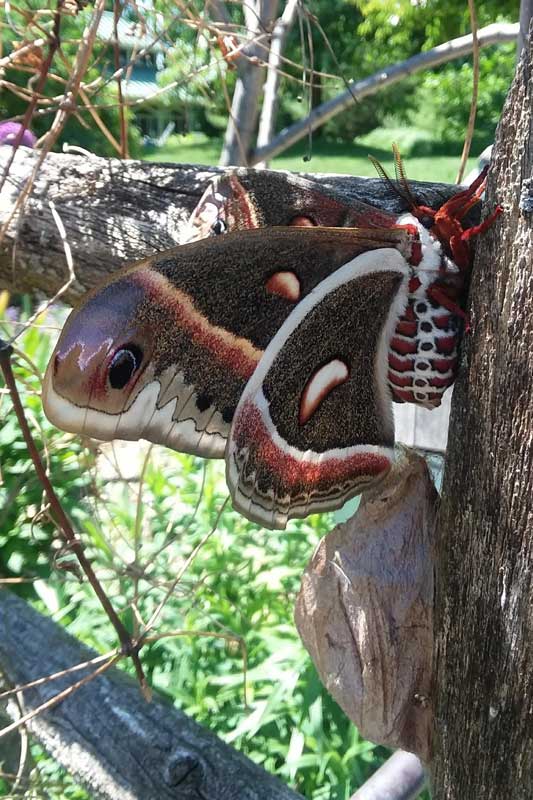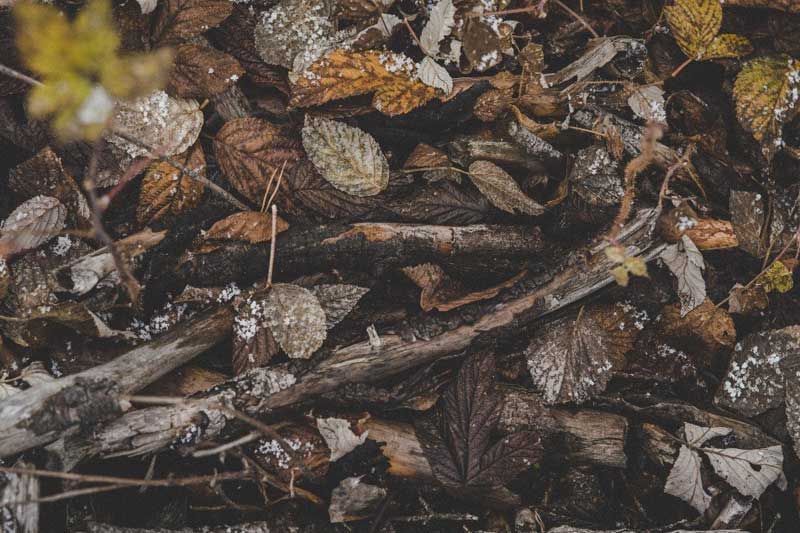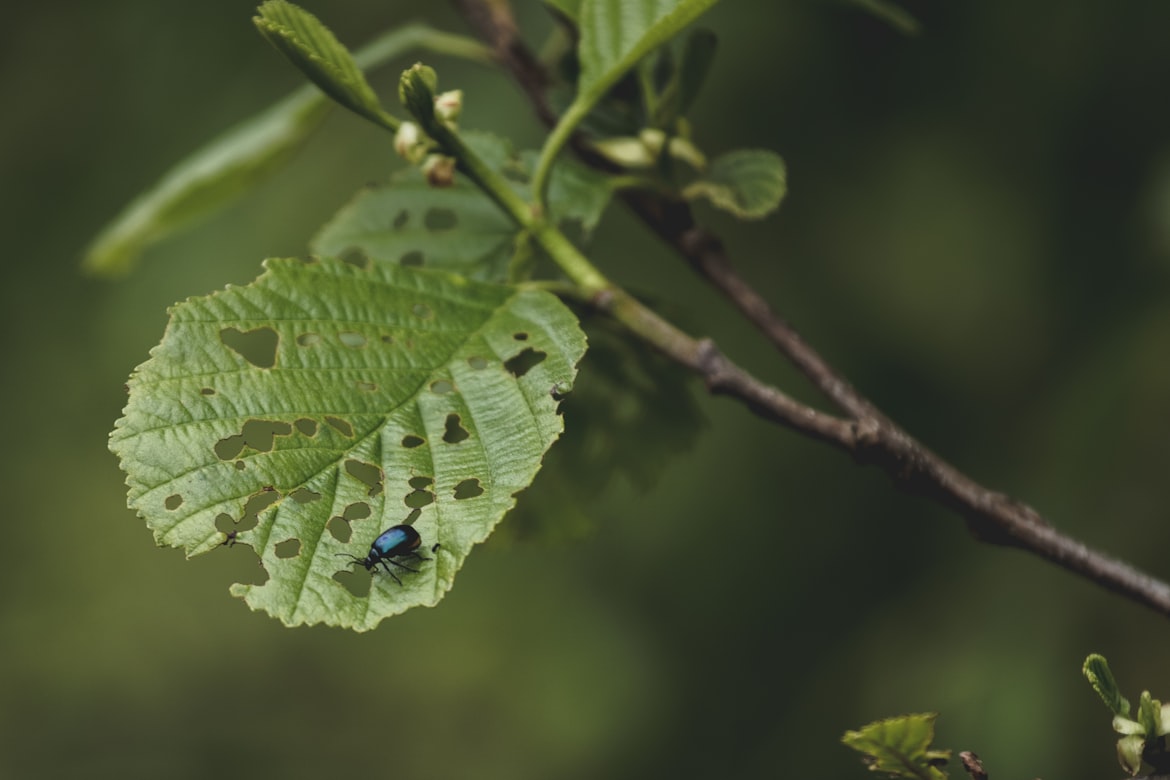Now that spring is on our doorstep, it’s easy to get anxious for greener days. We see all the dead ornamental grass stalks, the spent perennial stems, and the autumn leaves collected in our gardens and they give us spring fever! We want to bolt outside and clean up the yard, garden, or patio as soon as we can because we know that as the days get warmer, there will be more and more gardening tasks to finish.
But, don’t head out with your favorite clippers and rake just yet!
Below are some garden cleanup tips for the spring season that’ll help you balance your desire for a tidy garden area with habitat preservation and protection for your local ecosystem.
Cut It Out
When cutting back perennials that you left in place during the winter season, leave them until any overwintering insects emerge (the temperature is consistently 50 degrees overnight for seven days). Also, be sure to keep an eye out for cocoons and chrysalis while cutting back, leaving any intact until emergence. If you can’t leave them that long, cut and put them in a more natural area or at the edge of a nearby woods.

Just “Leaf” it Alone
Many helpful critters rely on materials in your yard to survive! Although we’re familiar with monarchs making pupae and hanging from a plant, this is not how the majority of caterpillars change into butterflies or moths. Doug Tallamy’s book, “Nature’s Best Hope,” reports that 90% of caterpillars and moths pupate on leaf matter or under leaf matter.
Think about not cleaning up so many of your leaves in spring or even fall. Consider transitioning areas to be natural where you just let leaves fall on the ground and stay. If you have to rake, put the leaves on the ground somewhere else. This will also save you the time, energy, and possibly gasoline of leaf cleanup. By doing less, you will actually be helping your local habitats more!

Deadwood City
Another element of your yard that you need to consider is dead wood and even dead trees. Do what you can to let these materials be, as long as they aren’t hazardous, for the sake of wildlife habitats. Many insects, birds, and even mammals use this deadwood for homes.
Re-Thinking Turf
Try not to worry if there are some weeds in your lawn. If we can rethink what is acceptable, we can avoid the use of pesticides and herbicides. Investigate using a natural lawn care product and organic fertilizer, or even a light application of compost. You can likely reduce your fertilizer use in general, as leaving grass clippings on the lawn recycles the nutrients from leaf blades back into the soil.

Rethinking how much you mow can go a long way too. Leave your grass longer to shade the soil surface which will reduce water use and weed seed germination. You could even consider changing areas to no mow turfgrasses that require mowing only once or twice a year. You will reduce mowing time and therefore fossil fuel use as well as provide local wildlife with additional habitat options in taller grassy areas.
Mulch
When it comes to mulching, it’s ideal to wait until the soil dries out a bit and the weather gets a tad warmer. Why? Many insects actually overwinter in the soil, and adding a layer of mulch could make their emergence difficult. Another sustainable practice related to mulching is to chop plant debris, but leave it in place as a natural mulch instead. Our Horticulture Team has started experimenting with this in the Schneider Family Grand Garden. Plus, you will save on mulch costs!
The 12-Step Method
While everyone would like their plants to look catalog perfect, it’s time to reconsider how you feel about damage to your plants. Try applying the 12-step method to insect and even other plant damage:
- Notice some holes in a leaf
- Close your eyes
- Pace back 12 paces from your plant
- Open your eyes
- See if you notice the damage – you likely won’t!
We all need to remember that when we see holes and damage, especially to leaves, it’s a good thing! It means an animal is using the energy of the sun captured through photosynthesis and moving that energy up the food chain. This means more biodiversity and life!

PC: Dean Brierley on Unsplash
A proper spring garden cleanup should not be a destructive process. When we hear the words “clean up” in this context, it’s easy to wonder what can and should be taken away. Instead, try to modify your perspective and see what you can do to help the environment!
By taking your time and doing it right, and maybe even doing less, you and your garden can reap the many benefits of a healthy wildlife population, including a high number of beneficial pollinators and pest-munching insects.
For more information on habitats and how we can be better stewards of living spaces for all organisms, learn more about our upcoming Habitat exhibition, coming in just a few months!
Habitat was developed by Smithsonian Gardens and is made available by the Smithsonian Institution Traveling Exhibition Service.

This article originally appeared in the January-April 2022 Newsletter.





